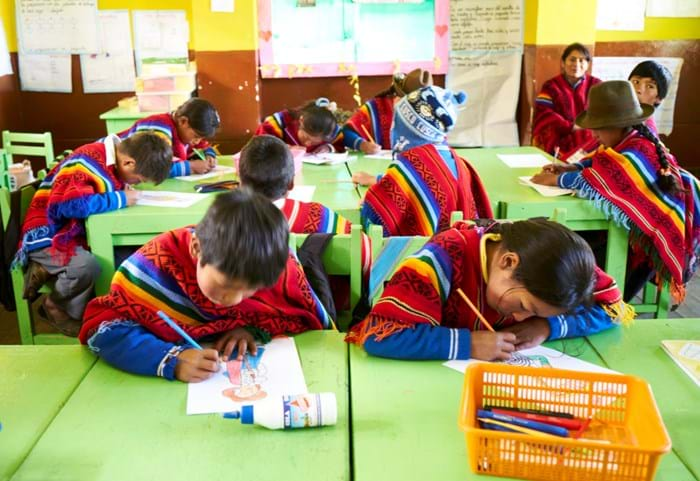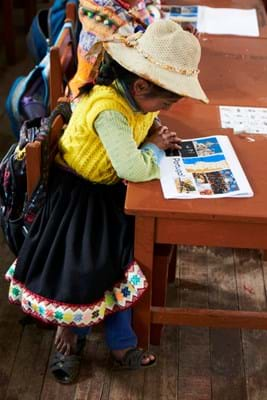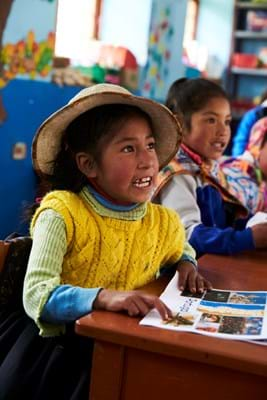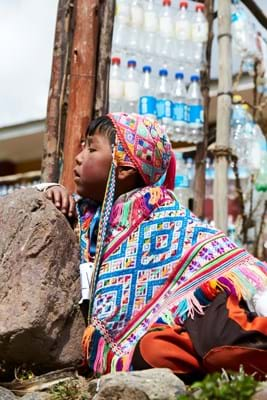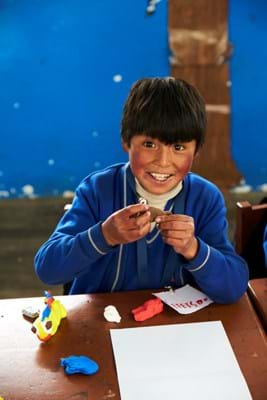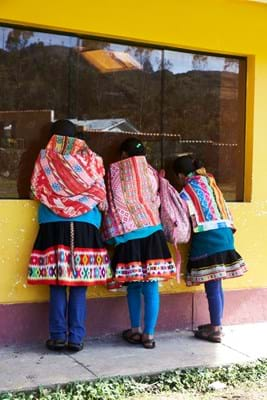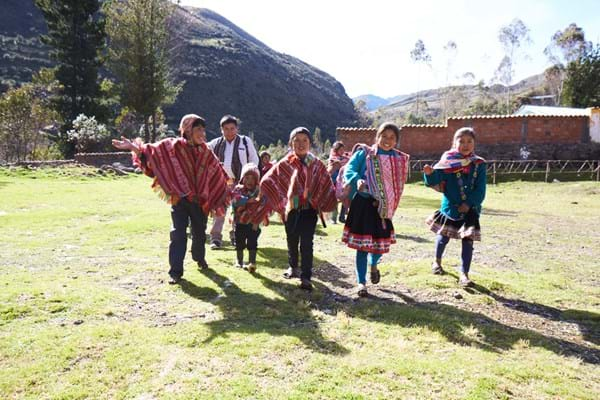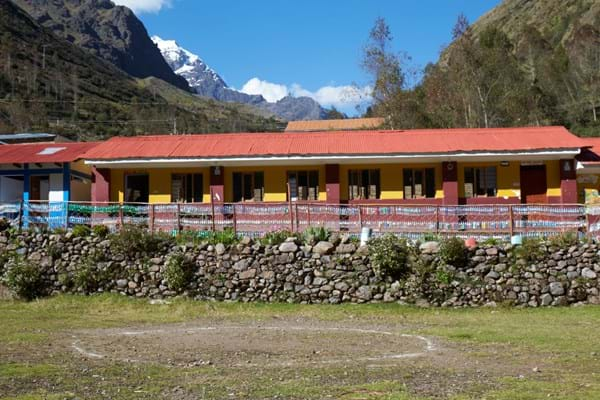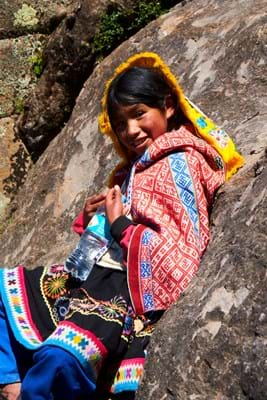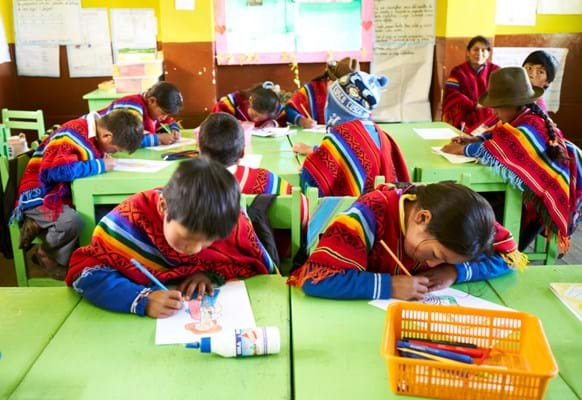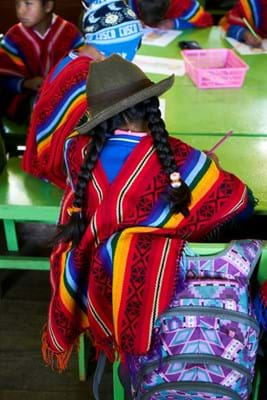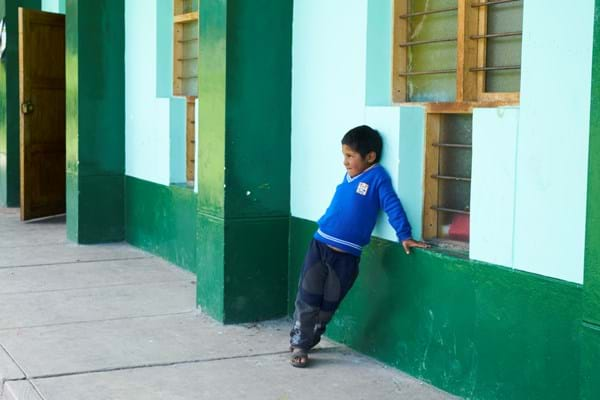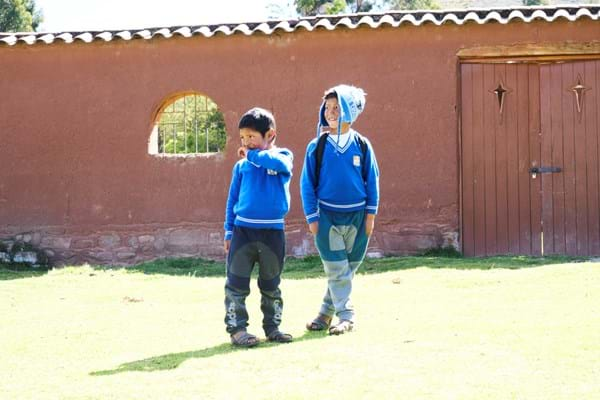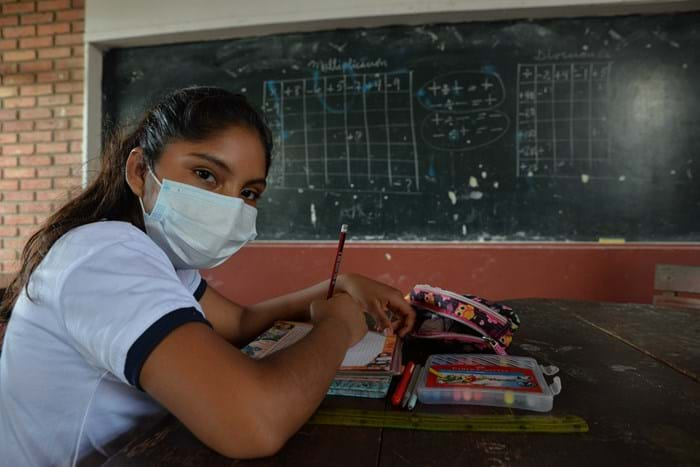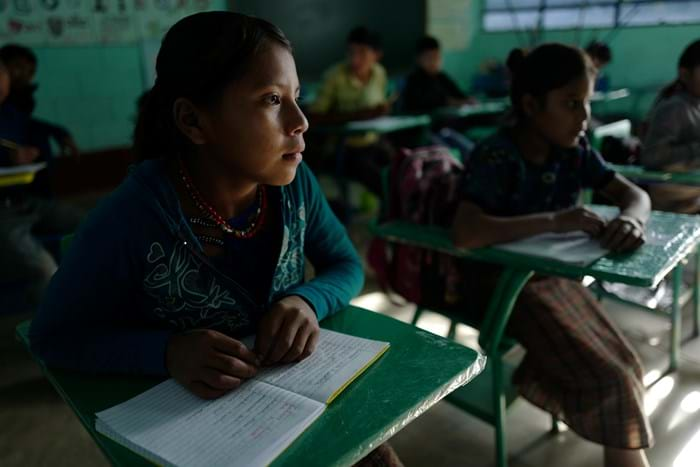- 00
schools are involved in the project
- 0000
children will benefit directly from the project
Where
Ayacucho, PeruFocus area
EducationDuration
2020 - 2024Economy
DKK 6 million
Background
The indigenous populations, from the upper Andes of Peru, have been marginalized for centuries, colonized, and assimilated to a culture characterized by Western norms and values. Indigenous peoples, who account for 43% of the Peruvian population, have tried to reverse this imbalance of power, through the school system - among other things - in order to achieve recognition of their culture and identity.
In Peru, indigenous girls suffer from a triple exclusion of society - being poor, indigenous and women. If a poor family must choose between sending their sons or their daughters to school, they generally choose to send their sons. This is because of the general perception that men play a public role in society, while women occupy a domestic role at home, which does not require formal and expensive education; 41% of women living in rural areas have no income.
The quality of teaching in many schools in the Cuzco region, especially in rural areas, is well under the national average with many children not passing the annual tests. Often, children leave school for extended periods of time, e.g. to work, and a smaller group does not attend school at all due to lack of access to public education in their area. A great number of pupils must walk through the mountains up to 2 - 3 hours to attend school.
Furthermore, much of the culture they meet in school is often unknown to them and does not show the respect of their traditional culture leaving many pupils with low self-esteem.
Objectives
- 3602 children at 25 primary DAC schools and 30 neighbour schools in the provinces of Cuzco, Anta, Quispicanchi, Urubamba, Paruro and Calca in the Cuzco region of Peru have improved their learning outcomes and personal strength through empowering participatory methods.
- Consolidated networks of teachers, based in the 25 schools from the provinces of Cuzco, Anta, Quispicanchi, Urubamba, Paruro and Calca, have extended the methodology to 30 schools in the 6 provinces.
- Regional education authorities of Cuzco support the developed methodology in the region of Cuzco and advocate for it on a national level.
